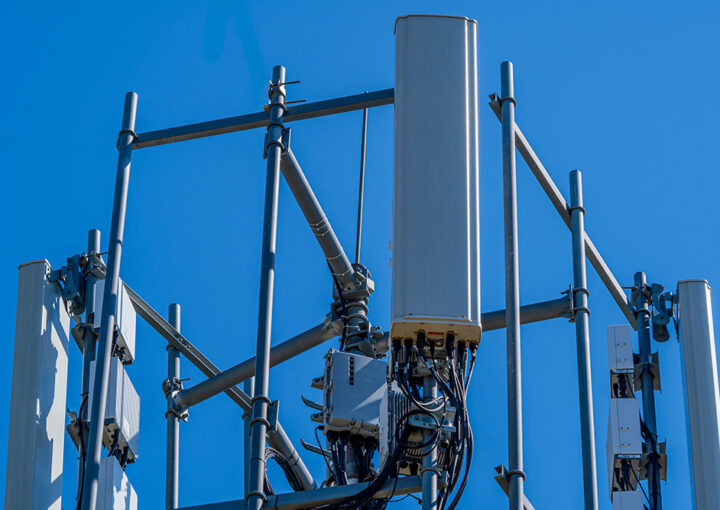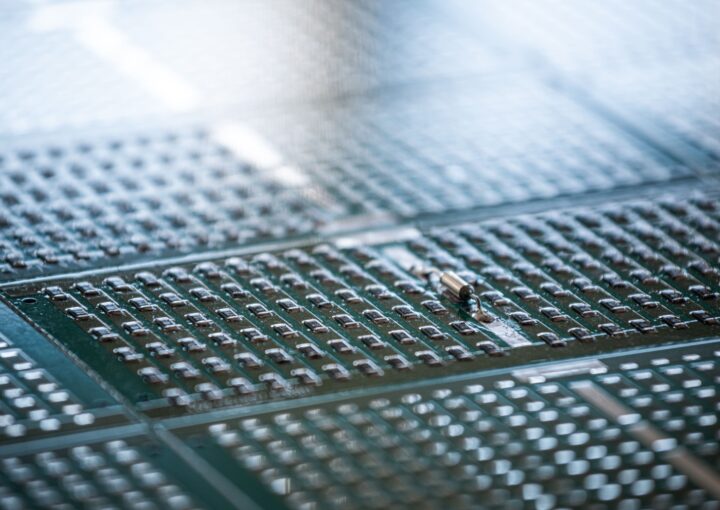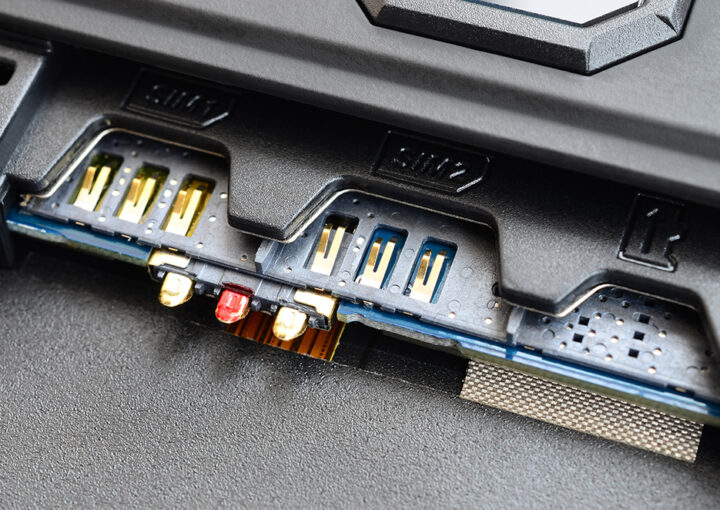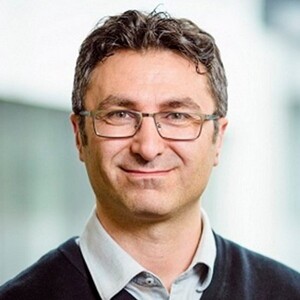
Communication & Localization
terahertz.NRW is pioneering advancements in communication and localization technologies, focusing on THz frequencies for next-generation wireless networks, including 6G. Our research explores key areas such as secure wireless networks, ultra-broadband communication for production and logistics, man-machine interactions, and hardware communication, supported by the BMBF 6GEM initiative.
THz frequencies enable faster communication and precise localization, with particular emphasis on Joint Communication and Sensing (JCS) for high-speed data, high-resolution imaging, and precise localization—essential for 6G.
We tackle challenges related to shorter wavelengths, such as hardware distortions and mutual coupling, by developing solutions for distortion compensation, energy-efficient operations, and spectrally efficient modulation using innovative hardware and machine learning. Additionally, we focus on real-time signal processing and new methods for connecting large numbers of devices, including THz frequencies, antennas, and radar systems for synchronization.
As THz frequencies grow, ensuring robust security measures against threats like eavesdropping and jamming is vital for the safety and reliability of 6G networks. This aspect is crucial to maintaining secure communication and localization applications in the evolving 6G landscape.
Research Topics
6G Mobile Communications
Industrial Applications
Autonomous Driving
terahertz.NRW is driving the development of technologies that form the foundation of 6G mobile networks. Using THz frequencies, we enable ultra-fast communication and precise localization, which are essential for applications such as secure networks and Joint Communication and Sensing (JCS). Our research addresses challenges like hardware distortions and mutual coupling by creating solutions for distortion compensation, energy-efficient modulation, and real-time signal processing. Supported by the BMBF 6GEM initiative (6GEM.de), we are advancing the safety and reliability of future networks with robust protection against eavesdropping and signal jamming.
In the industrial sector, THz technologies open up new opportunities for production and logistics. terahertz.NRW develops ultra-broadband communication systems that enable seamless connectivity between machines, devices, and processes. Our innovations enhance device synchronization using THz antennas and radar systems, enabling high-precision localization and efficient resource utilization. By integrating machine learning and advanced hardware, we create robust systems that meet the demands of modern Industry 4.0 scenarios. Security measures such as protection against intrusions and signal interference are crucial to ensuring the reliable operation of these networks.
For autonomous driving, terahertz.NRW is leveraging THz frequencies to enable precise localization and high-resolution imaging. By combining communication and sensing through Joint Communication and Sensing (JCS), we enhance the ability of vehicles to navigate safely and efficiently. Our research tackles challenges like hardware distortions and focuses on developing spectrally efficient modulation techniques and real-time data processing to ensure fast response times and reliability. Robust protection against signal interference and security risks is central to guaranteeing the safety and functionality of autonomous systems.
Technological Challenges
Wireless Communication & Energy Efficiency
Optimizing bandwidth, speed, and energy consumption for 6G networks, with a focus on mobile communication and ultra-broadband applications. The goal is energy-efficient high-speed transmission.
Signal Stability & Hardware Distortions
Overcoming signal attenuation over long distances and hardware distortions at THz frequencies to ensure stable and reliable communication.
High-Precision Localization & JCS
Developing advanced localization and JCS technologies for applications in Industry 4.0, autonomous systems, medical technology, and navigation, with millimeter-level localization.
Security & Real-Time Processing
Designing real-time algorithms for secure communication and protection against eavesdropping and jamming to ensure the integrity of 6G networks and autonomous systems.




